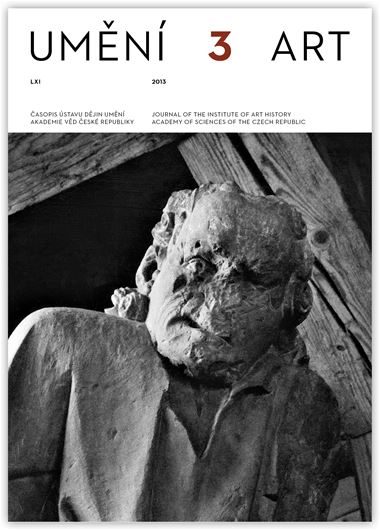Karel Teige
Osada Baba v Praze. Výstavní kolonie Svazu čs. díla
In the opening of this article, Karel Teige criticises the creation of the Baba model housing colony, which opened despite the fact that of the twenty houses originally planned for the settlement only one was fully completed at the time. Teige then goes on to analyse what was behind the spread of exhibitions of modern housing in Europe after the First World War and concludes that it was driven by efforts to modernise residential housing construction. The industrialisation of housing construction was to utilise three basic instruments: standardisation, normalisation, and typification . In Teige’s assessment, Die Wohnung in Stuttgart (1927) was one of the most important exhibitions of modern housing, and in the article he heaps particular praise on the apartment houses by architects Mies van der Rohe and Peter Behrens. By contrast, he considers an exhibition of individual family homes and villas to be an anachronism, feeling that they had reached the end of their development and that they were of no use for dealing with the housing crisis that existed at the time. He also gives a positive assessment of the New House exhibition in Brno (1928) and the WUWA exhibition in Breslau (1929), identifying as the most important structures there Scharoun’s Wohnheim, Adolf Rading’s apartment house, and Paul Heim and Albert Kempter’s balconied Laubenhaus. He assesses the exhibition in Vienna (1932), which contained nothing more than detached family homes, as wholly reactionary. Towards the close of the article, Teige looks again at the Baba colony and rejects its entire concept, highlighting as its problems not just the considerable length it took to prepare the buildings, but also the lack of any financial support for them from the City of Prague or the state, leaving them to be paid for by individual builders instead, which meant that the architects often had to give in to their demands. This made it impossible to build row houses, for instance. Builders also rejected any attempt to introduce collective facilities into the colony (district heating, a central laundry, common garages). Teige rates highest the structures by architects Mart Stam, Ladislav Žák, Oldřich Starý and, somewhat surprisingly, Josef Gočár. But he concludes the article with the view that the Baba colony constituted a step backward in contrast to all the other exhibitions mentioned above.
Full-text in the Digital Library of the Czech Academy of Sciences:
https://kramerius.lib.cas.cz/uuid/uuid:261c89b6-60c5-4227-b5d3-7887be4af1c4
< back

